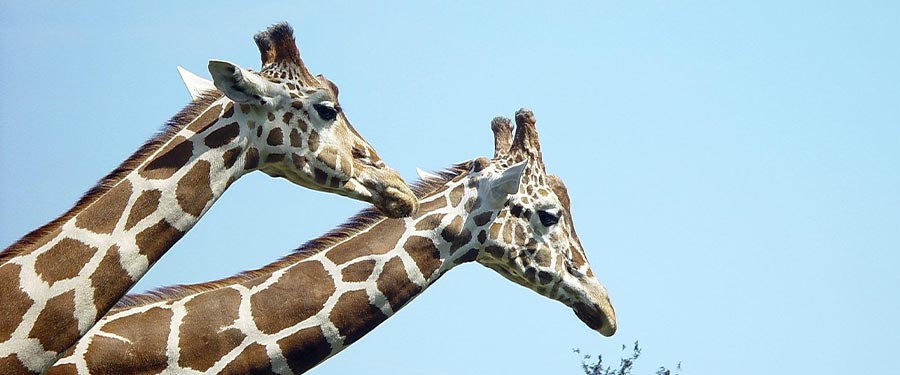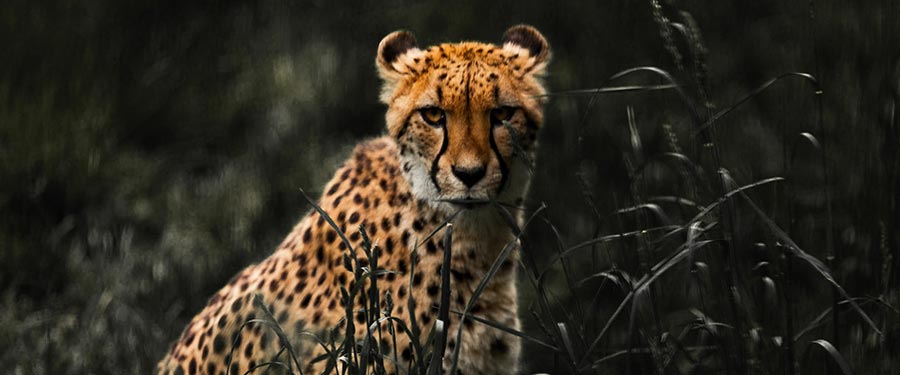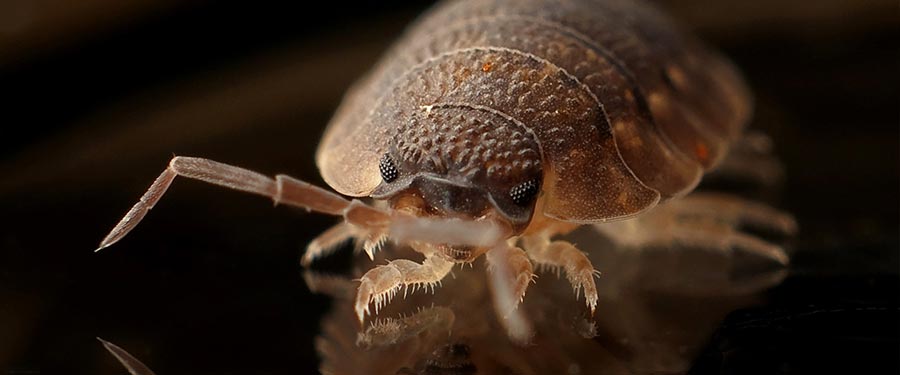Tracking Down the Genes that Allow Viruses to Spread

The genus of viruses known as the flaviviruses are emerging globally as a significant cause of human disease. A flavivirus currently in the news and causing a lot of concern is Zika virus. Other medically important flaviviruses include dengue, yellow fever, St. Louis encephalitis, tick-borne encephalitis (TBE), Japanese encephalitis and West Nile viruses. Flaviviruses contain […]
The Tall Story of the Giraffe Genome

The giraffe is a unique animal. It has evolved to have a long neck and long legs, making it the tallest terrestrial animal alive today. To cope with this unique anatomy, the giraffe has also developed unique cardiovascular, musculoskeletal and nervous systems. In order to be able to pump blood vertically from its heart to […]
Human Genome Project – Write

It has been over a decade since the Human Genome Project (HGP-read) was completed. It succeeded in sequencing the entire human genome and is recognised as one of the greatest feats in science. The data obtained has revolutionised our understanding and allowed huge advances in medicine. On Thursday 2nd June 2016, in the journal Science, […]
MetaSUB: Creating a World-Wide ‘DNA Map’ of Microbiomes

Have you ever wondered what may be lurking on the handrails and turnstiles and all the surfaces you touch, on your daily commute to work? Well now we may find out. On the 21st June 2016 the International MetaSUB Consortium launched the first Global City Sampling Day (CSD). Mass-transit systems around the world, for example […]
Mother’s Negligence Suit Against Quest’s Athena Could Broadly Impact Genetic Testing Labs

On 5th January 2008, a two-year old boy called Christian Millare had a severe seizure and died. Eight years later his mother Amy Williams, has filed a lawsuit in the fifth judicial court in Richland County, South Carolina. Williams alleges that because Athena Diagnostics (a subsidiary of Quest Diagnostics – one of the largest reference […]
The Fight to Save Our Ash Trees

We have 157,000 hectares of ash woodland in the UK, together with approximately 12 million ash trees outside the woodlands in gardens, parklands and along roadsides. These ash trees are associated with and support 1,000 different species, including 12 species of bird, 55 species of mammals and 239 species of invertebrates. But ash trees are […]
Kakapo 125: Sequencing the Genomes of an Entire Species

New Zealand has been separate from other land masses for approximately 80 million years. This geographic isolation has allowed for millions of years of natural selection, largely in the absence of predatory mammals. The result has been the evolution of some of the worlds most unique and unusual species. The Kakapo is one of these […]
Bats: Friend or Foe?

Bats often suffer from a negative public image, condemned as flying vermin and carriers of disease but they are critical elements of all terrestrial biotic communities. They help control insects, reseed cut forests and pollinate plants that provide food for humans and other species. Their guano (excrement) is also used as a fertiliser and for […]
The Cheetah: One of Nature’s Great Survivors

The African cheetah (Acinonyx jubatus) is the world’s fastest land mammal. It has numerous physiological adaptations that allow it to reach speeds over 100 km/hr including elongated legs, slim aerodynamic skull, enlarged adrenal glands, liver and heart, and semi-retractable claws that grip the earth. Modern cheetahs range across eastern and southern Africa, with a small […]
Bed Bug Genome Sequenced in a Bid to Fight Back Against this Pest

The bed bug genome is one of the many arthropod genomes to be sequenced in the i5K project. The i5K initiative is a transformative project that aims to sequence the genomes of 5,000 arthropod species, to benefit worldwide agriculture, medicine, food safety and ecology. Scientists hope to utilise the bed bug genome to develop new […]
